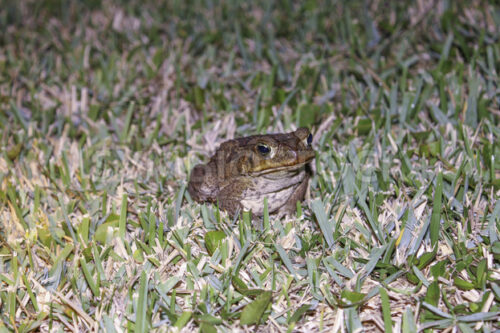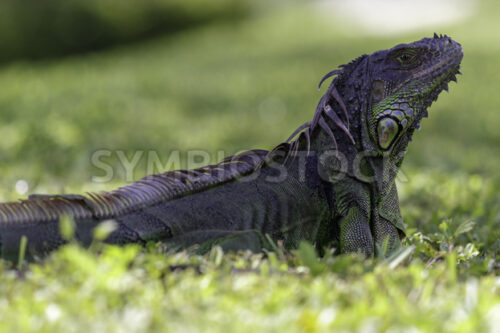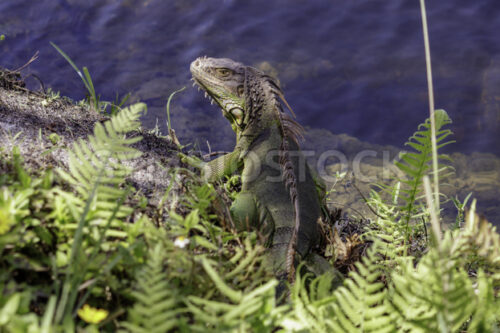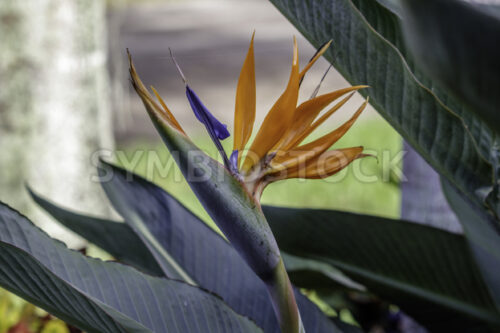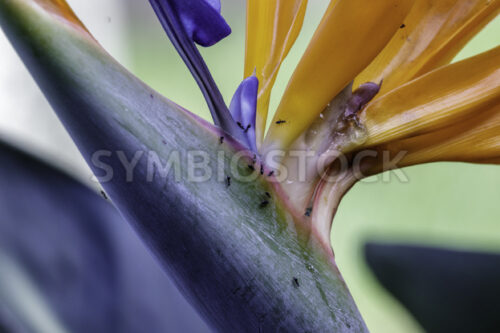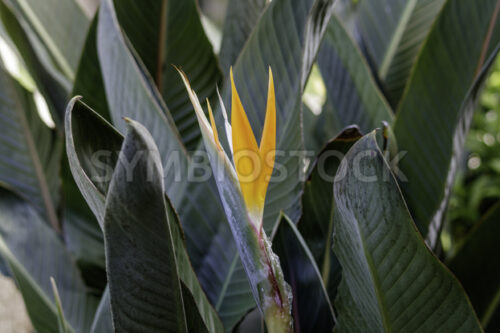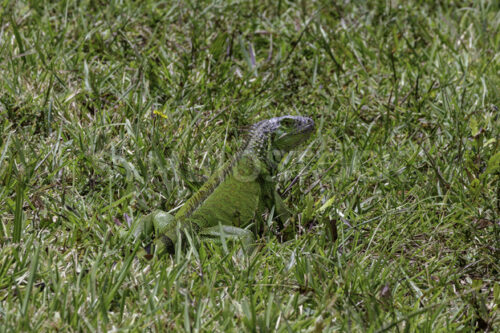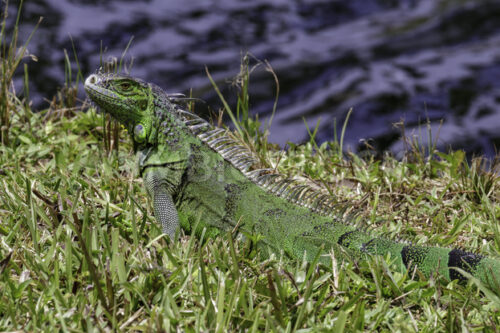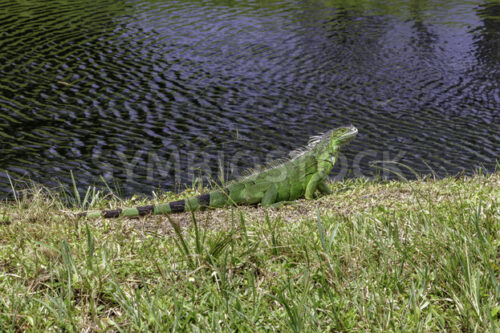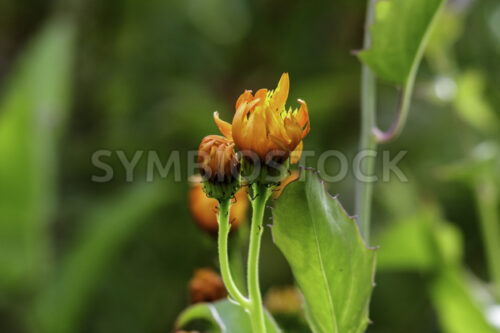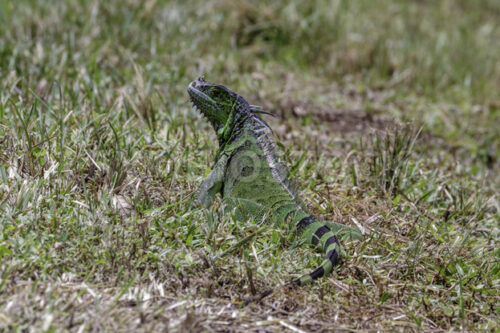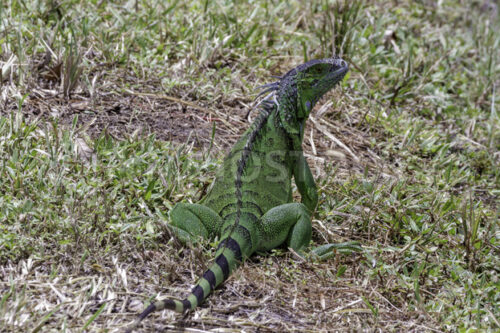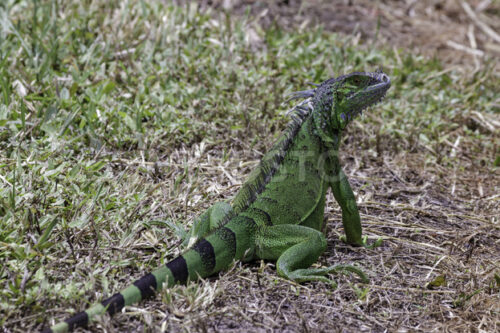- Sale!Bufo toad in the grass. In the Bufonidea family known as a cane toad, giant neotropical or marine toad found in Miami and Ft. Lauderdale South Florida. Dangerous to dogs & cats with poisonous glands. The cane toad, also known as the giant neotropical toad or marine toad, is a large, terrestrial true toad native to South and mainland Central America, but which has been introduced to various islands throughout Oceania and the Caribbean, as well as Northern Australia. It is the world's largest toad.
- Sale!Broward County and all of South Florida including Miami-Dade County, Palm Beach County and Monroe County have a huge problem of these non-native and very invasive Green Iguanas. While they are typically only plant eating, (i.e. Hibiscus flowers) they have no natural predator to keep them in check within the food chain. Populating near waterways, they are breeding and becoming larger in numbers each year. Problems include damaged vegetation, residential home intrusion and damage to property with their high acidic faecal matter. Homeowners have been hiring pest removal services, reporting them to their local municipalities and have even gone to the extreme of killing these lizard on their own. The Green Iguana can grow quite large when unchecked by nature and an endless source of food, most local residents consider them pests and unwanted inhabitants to their yards and would like to see them gone. This is an invasive non-native Lesser Antillean Green Iguana type plant eating lizard in the grass and weeds near a drainage canal by Broward Boulevard and University. They have become a common sight between the Everglades and intercoastal in South Florida near Miami Dade & Palm Beach County.
- Sale!Invasive non-native Lesser Antillean Green Iguana lizard in the grass near a drainage canal by the road between the Everglades and intercoastal in South Florida near Miami Dade & Palm Beach County. Broward County and all of South Florida including Miami-Dade County, Palm Beach County and Monroe County have a huge problem of these non-native and very invasive Green Iguanas. While they are typically only plant eating, (i.e. Hibiscus flowers) they have no natural predator to keep them in check within the food chain. Populating near waterways, they are breeding and becoming larger in numbers each year. Problems include damaged vegetation, residential home intrusion and damage to property with their high acidic faecal matter. Homeowners have been hiring pest removal services, reporting them to their local municipalities and have even gone to the extreme of killing these lizard on their own. The Green Iguana can grow quite large when unchecked by nature and an endless source of food, most local residents consider them pests and unwanted inhabitants to their yards and would like to see them gone.
- Sale!Strelitzia perennial plant, native to South Africa. Bird of Paradise named after the duchy of Mecklenburg-Strelitz. This Crane Flower Plant version is found in Coral Springs, Broward County Florida.
- Sale!Strelitzia perennial plant, native to South Africa. Bird of Paradise named after the duchy of Mecklenburg-Strelitz. This Crane Flower Plant version is found in Coral Springs, Broward County Florida
- Sale!Strelitzia perennial plant, native to South Africa. Bird of Paradise named after the duchy of Mecklenburg-Strelitz. This Crane Flower Plant version is found in Coral Springs, Broward County Florida. Black ants found eating the sweet sugary nectar.
- Sale!Strelitzia perennial plant, native to South Africa. Bird of Paradise named after the duchy of Mecklenburg-Strelitz. This Crane Flower Plant version is found in Coral Springs, Broward County Florida
- Sale!Broward County and all of South Florida including Miami-Dade County, Palm Beach County and Monroe County have a huge problem of these non-native and very invasive Green Iguanas. While they are typically only plant eating, (i.e. Hibiscus flowers) they have no natural predator to keep them in check within the food chain. Populating near waterways, they are breeding and becoming larger in numbers each year. Problems include damaged vegetation, residential home intrusion and damage to property with their high acidic faecal matter. Homeowners have been hiring pest removal services, reporting them to their local municipalities and have even gone to the extreme of killing these lizard on their own. The Green Iguana can grow quite large when unchecked by nature and an endless source of food, most local residents consider them pests and unwanted inhabitants to their yards and would like to see them gone. Invasive non-native Green Iguana lizard in the grass near brackish rainwater runoff and drainage canal between the Everglades and intercoastal in South Florida near Fort Lauderdale, Broward County. Actually found near the Arby’s off of University drive in Plantation between the road and the parking lot swale area.
- Sale!Broward County and all of South Florida including Miami-Dade County, Palm Beach County and Monroe County have a huge problem of these non-native and very invasive Green Iguanas. While they are typically only plant eating, (i.e. Hibiscus flowers) they have no natural predator to keep them in check within the food chain. Populating near waterways, they are breeding and becoming larger in numbers each year. Problems include damaged vegetation, residential home intrusion and damage to property with their high acidic faecal matter. Homeowners have been hiring pest removal services, reporting them to their local municipalities and have even gone to the extreme of killing these lizard on their own. The Green Iguana can grow quite large when unchecked by nature and an endless source of food, most local residents consider them pests and unwanted inhabitants to their yards and would like to see them gone. Invasive non-native Green Iguana lizard in the grass near brackish rainwater runoff and drainage canal between the Everglades and intercoastal in South Florida near Fort Lauderdale, Broward County. Actually found near the Arby’s off of University drive in Plantation between the road and the parking lot swale area.
- Sale!Broward County and all of South Florida including Miami-Dade County, Palm Beach County and Monroe County have a huge problem of these non-native and very invasive Green Iguanas. While they are typically only plant eating, (i.e. Hibiscus flowers) they have no natural predator to keep them in check within the food chain. Populating near waterways, they are breeding and becoming larger in numbers each year. Problems include damaged vegetation, residential home intrusion and damage to property with their high acidic faecal matter. Homeowners have been hiring pest removal services, reporting them to their local municipalities and have even gone to the extreme of killing these lizard on their own. The Green Iguana can grow quite large when unchecked by nature and an endless source of food, most local residents consider them pests and unwanted inhabitants to their yards and would like to see them gone. Invasive non-native Green Iguana lizard in the grass near brackish rainwater runoff and drainage canal between the Everglades and intercoastal in South Florida near Fort Lauderdale, Broward County. Actually found near the Arby’s off of University drive in Plantation between the road and the parking lot swale area.
- Sale!Broward County and all of South Florida including Miami-Dade County, Palm Beach County and Monroe County have a huge problem of these non-native and very invasive Green Iguanas. While they are typically only plant eating, (i.e. Hibiscus flowers) they have no natural predator to keep them in check within the food chain. Populating near waterways, they are breeding and becoming larger in numbers each year. Problems include damaged vegetation, residential home intrusion and damage to property with their high acidic faecal matter. Homeowners have been hiring pest removal services, reporting them to their local municipalities and have even gone to the extreme of killing these lizard on their own. The Green Iguana can grow quite large when unchecked by nature and an endless source of food, most local residents consider them pests and unwanted inhabitants to their yards and would like to see them gone. Invasive non-native Green Iguana lizard in the grass near brackish rainwater runoff and drainage canal between the Everglades and intercoastal in South Florida near Fort Lauderdale, Broward County. Actually found near the Arby’s off of University drive in Plantation between the road and the parking lot swale area.
- Sale!Milkweed aka Asclepias is a herbaceous perennial flowering plant named for its milky latex substance for cardiac glycosides. Found in south Florida near the Everglades and Miami Dade County. Monarch caterpillars eat milkweed. In fact, the monarch butterfly is also known as the “milkweed butterfly.” The milkweed plant provides all the nourishment the monarch needs to transform the Monarch caterpillar into the adult butterfly. But these plants are rapidly disappearing, due to the loss of habitat stemming from land development and the widespread spraying of weed killer on the fields where they live.
- Sale!Broward County and all of South Florida including Miami-Dade County, Palm Beach County and Monroe County have a huge problem of these non-native and very invasive Green Iguanas. While they are typically only plant eating, (i.e. Hibiscus flowers) they have no natural predator to keep them in check within the food chain. Populating near waterways, they are breeding and becoming larger in numbers each year. Problems include damaged vegetation, residential home intrusion and damage to property with their high acidic faecal matter. Homeowners have been hiring pest removal services, reporting them to their local municipalities and have even gone to the extreme of killing these lizard on their own. The Green Iguana can grow quite large when unchecked by nature and an endless source of food, most local residents consider them pests and unwanted inhabitants to their yards and would like to see them gone. Invasive non-native Green Iguana lizard in the grass near brackish rainwater runoff and drainage canal between the Everglades and intercoastal in South Florida near Fort Lauderdale, Broward County. Actually found near the Arby’s off of University drive in Plantation between the road and the parking lot swale area.
- Sale!Broward County and all of South Florida including Miami-Dade County, Palm Beach County and Monroe County have a huge problem of these non-native and very invasive Green Iguanas. While they are typically only plant eating, (i.e. Hibiscus flowers) they have no natural predator to keep them in check within the food chain. Populating near waterways, they are breeding and becoming larger in numbers each year. Problems include damaged vegetation, residential home intrusion and damage to property with their high acidic faecal matter. Homeowners have been hiring pest removal services, reporting them to their local municipalities and have even gone to the extreme of killing these lizard on their own. The Green Iguana can grow quite large when unchecked by nature and an endless source of food, most local residents consider them pests and unwanted inhabitants to their yards and would like to see them gone. Invasive non-native Green Iguana lizard in the grass near brackish rainwater runoff and drainage canal between the Everglades and intercoastal in South Florida near Fort Lauderdale, Broward County. Actually found near the Arby’s off of University drive in Plantation between the road and the parking lot swale area.
- Sale!Broward County and all of South Florida including Miami-Dade County, Palm Beach County and Monroe County have a huge problem of these non-native and very invasive Green Iguanas. While they are typically only plant eating, (i.e. Hibiscus flowers) they have no natural predator to keep them in check within the food chain. Populating near waterways, they are breeding and becoming larger in numbers each year. Problems include damaged vegetation, residential home intrusion and damage to property with their high acidic faecal matter. Homeowners have been hiring pest removal services, reporting them to their local municipalities and have even gone to the extreme of killing these lizard on their own. The Green Iguana can grow quite large when unchecked by nature and an endless source of food, most local residents consider them pests and unwanted inhabitants to their yards and would like to see them gone. Invasive non-native Green Iguana lizard in the grass near brackish rainwater runoff and drainage canal between the Everglades and intercoastal in South Florida near Fort Lauderdale, Broward County. Actually found near the Arby’s off of University drive in Plantation between the road and the parking lot swale area.
- Sale!Broward County and all of South Florida including Miami-Dade County, Palm Beach County and Monroe County have a huge problem of these non-native and very invasive Green Iguanas. While they are typically only plant eating, (i.e. Hibiscus flowers) they have no natural predator to keep them in check within the food chain. Populating near waterways, they are breeding and becoming larger in numbers each year. Problems include damaged vegetation, residential home intrusion and damage to property with their high acidic faecal matter. Homeowners have been hiring pest removal services, reporting them to their local municipalities and have even gone to the extreme of killing these lizard on their own. The Green Iguana can grow quite large when unchecked by nature and an endless source of food, most local residents consider them pests and unwanted inhabitants to their yards and would like to see them gone. Invasive non-native Green Iguana lizard in the grass near brackish rainwater runoff and drainage canal between the Everglades and intercoastal in South Florida near Fort Lauderdale, Broward County. Actually found near the Arby’s off of University drive in Plantation between the road and the parking lot swale area.
